Venice Film Festival 2017: The Shape of Water press conference with Guillermo del Toro, Sally Hawkins, Octavia Spencer and Richard Jenkins
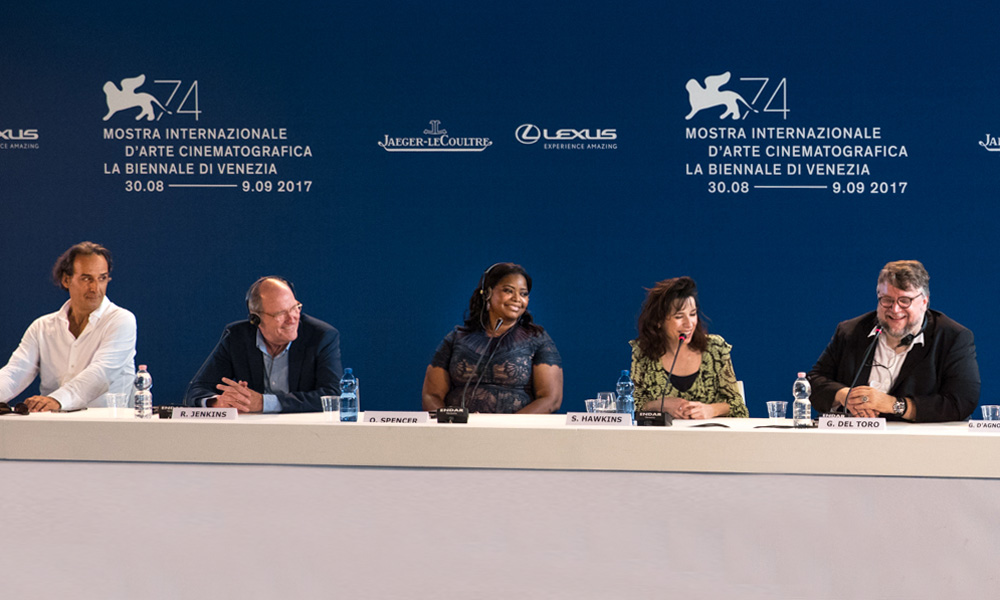
The Shape of Water is the latest other-worldly fairy tale from Guillermo del Toro, set against the backdrop of Cold War era America, 1962. In the hidden high-security government laboratory where she works as a cleaner, lonely Elisa (Sally Hawkins) is trapped in a life of isolation. Everything changes when she and co-worker Zelda (Octavia Spencer) discover a secret classified experiment: a human-like sea monster. We went to the press conference to find out more about the film.
The movie is very poignant: what was your emotional guideline for the scenes?
Guillermo del Toro: I always… I think fantasy is a very political genre, and the first political act is choosing love over fear. We live in times where fear is used in a pervasive and persuasive way. Usually there are two aspects about Beauty and Beast stories: one version is the puritan one, in a platonic way, the other one is really perverse and creepy – and I’m not interested in either of them. I think both versions are lying, life is more fun than that. I want to show a complete woman, who masturbates and makes breakfast in the same way – and who f**ks with the beast too. We spent more time shooting the shot where she enters the shower – six hours – than others. We had to balance it properly. Did I answer it properly? I’m rusty, I’ve just started.
Why doesn’t the creature have a name and did you write a bio for each character like you usually do?
GD: Yes, I wrote one for Richard’s [character], one for Octavia’s – very detailed. Elisa and the creature no. The reason is that, when Sally and I started working together many months before the shooting, she was writing something about a woman who turns into a fish. When I approached her to do the movie I used a lot of her ideas to design Elisa. [I told her] “You know her better than anyone else.” I didn’t want it to have a name because the creature is many things to many people. It’s one thing for Michael Shannon’s character, one thing for Elisa, one thing for the scientist. It’s like Pasolini’s Teorema. The idea was that the creature was a divine entity. In the eyes of Strickland (Shannon) it is a dirty thing from the south, for Elisa it’s a miracle and the first person who looks back at her with love. Same with Charlie the Tuna in the commercial…that was the idea. Did that answer your question?
Sally, so you wrote that character initially?
Sally Hawkins: Guillermo is very generous saying I was writing it. It was just synchronistic and very odd, those things rarely happen, and when they do it’s something special. I was writing this piece, which was very different to this story, maybe to be done as a short film. A woman who didn’t know she was a mermaid. I was just writing notes and ideas, images. I was writing it at the time I got a call from my agent about Guillermo’s thinking of me for an idea – not written yet. A woman falling in love with a merman. It’s magic and it’s rare. When those synchronistic odd things that are almost beyond your understanding happen you know it’s for a good reason. Guillermo wanted to see the writing. For instance, when she looks at the mirror, that’s one of the collaborative scenes.
GD: We met at this party, for the Golden Globes, and I was drunk.
SH: I understood you even if I couldn’t hear a thing at that party!
Guillermo, you directed, produced and wrote this film. Given this level of control, what do you let your collaborators decide image wise?
GD: I think it’s important to lay out the foundations visually, before collaborators come in. But it’s foundations, then you are open to discussions. Three years before the film I asked some artists to put together some palettes. Richard and Sally share an apartment next to each other. They share a single window. They are two sides of a brain. Sally’s apartment has underwater shades (cayenne, green): colours corroded by water. In Richard’s apartment the light is golden, colours are golden. No wet stains on the wall. That tells you something even if you aren’t noticing. There isn’t any red colour apart from the movie theatre, the coat and the shoes. Then red appears in her dress after she and the creature start to communicate with colours. When the creature bleeds, she’s bleeding too, exactly in the same way, and they rescue each other. These are visual things. Then the production design comes on board and you start to discuss your ideas which become really good thanks to the collaborators.
Octavia, in Hidden Figures you were a mathematician for NASA, here you are a cleaning lady in a secret government lab.
Octavia Spencer: Zelda is in some way the marriage between Minny (The Help) and Dorothy (Hidden Figures). She’s a cleaning lady but she’s quite smart! I’m playing women from that era, with things common. What Guillermo gives us is that Zelda is the queen of the office space. And she loves having a friend who doesn’t talk. I enjoyed playing her for those reasons alone. When del Toro tells you he’s writing a part for you and she’s not like all the other characters I played, she had something that Minny didn’t have in a lot of ways. She had a voice she was happy to use. And Delila – my character’s middle name is Delila – I think Delila was quite wise in how she spoke. She knew Elisa’s character, she knew she was a strong character – always late [laughs]. She’s a very strong character and they were symmetrical. One talked too much and the other one didn’t have the voice. I would have played the desk had Guillermo asked me to.
It’s a period film but about today’s issues though.
GT: It’s set in 1962 but it’s a movie about today, today’s issues. When they say “America great again” it’s that America, futuristic and full of promises; with, however, sexism, classism and racism. Just like today. But then that America died. When JFK died nostalgia came. I find futurism and search for purity, I find them to be very scary. It was very good time for some people but not for everyone. I’m Mexican so I know how it is to be looked at as the other. The creature represents something that could be divine or divisive depending how you look at it. This guy [Shannon] doesn’t see Elisa, Zelda and the creature because his arrogance is so big. It’s 1962 but it speaks about the issues of today. It’s hard to talk about emotions these days, and love, but it’s the strongest force in the universe. Jesus can be wrong, and the Beatles too, but not both at the same time. I trust the Beatles over Jesus though.
They say it’s a prequel of Hellboy?
GT: Officially it has nothing to do with Hellboy. It is in a way that any gorilla is the son of King Kong. We are very plot-fixated in the 21st century. When I tell you “once upon a time there was…” I declare a universe where I can allow things to happen. “Ok, someone is in charge”. Faith was born in times of great trouble. We think fairy tales are children’s tales but think about Hansel and Gretel, the parents leave their kids to die in the wood because they can’t feed them. There’s this fisherman/fish fairy tale I love and I thought I could do a variation on that! Some of those ideas are in play in the movie. For me it’s all about images and emotions rather than words. I joke about it saying this is my French film. It’s a fairy tale.
How was working together on the score and the process of composition? Reconciling romanticism and darkness.
Alexandre Desplat: I’m French! [laughs] Well, Guillermo understood the importance of emotions for storytelling. So we tried to emphasise that with the music without being pushy or patronising. Music was coming out of the film like water flowing inside and outside. There were some French and Italian references – Nino Rota and Georges Delerue – and then it was just a matter of finding the right dynamic of the emotion, never going to far: settled but as moving as we can.
GT: I love Alexandre’s music. We had lunch one day in LA, one week after the shooting, I showed him the film. He asked me what references and I said Nino Rota and Georges Delerue. I wanted true emotion. From that moment on I had to make the sacrifice to go to Paris many times – I still paid for the trips [laughs]. We would go to great restaurants and talk about the movie. The crucial moment was when we were looking for instruments in the studio and I asked: why don’t you whistle it? In a movie about water it’s great to have air. Alexandre is the one who whistles in the film. With emotion you need to have a good partner and I think that between Mexicanness and Frenchness we found emotions and some control. Mixing Mexican and Italian would be crazy!
How was the relationship between you and Sally on the set?
Richard Jenkins: Sally was tough, difficult. Tough to work with…no [laughs]. We became friends immediately, we are friends now whether she likes it or not – there’s nothing she can do about it. Everything I did came from the page, from what Guillermo wrote. Is this character a human being? Does it have flaws? That was Giles. He emailed me and said: do you love it as much as I do? I said: I think I do. At this time in my life to be able to be part of something so fricking fabulous as this it’s more than what I hoped for. I have to say I adored the cast, I adored Octavia, but Sally Hawkins…I wish she was my daughter, I really do.
How is it going with Pinocchio?
GT: I’ve been looking for financing for almost ten years. We have the puppets, we have the design. I always or almost always complicate my life. None of the movies I want to do are easy. And they don’t belong to anything anyone wanted to do at that time. No one wanted to do superheroes when I did Hellboy, no one wanted to do monsters when I did Pacific Rim. When I announced Pinocchio I got many calls. “Yeah but it’s set during the rise of Mussolini, it’s an anti-fascist Pinocchio.” [mimes them all hung up] If you have $35m and if you want to make a Mexican happy, here I am.
Filippo L’Astorina, the Editor
Photo: Filippo L’Astorina
The Shape of Water is released nationwide on 16th February 2018.

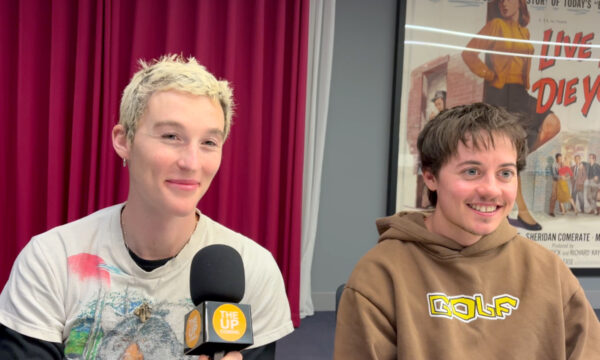

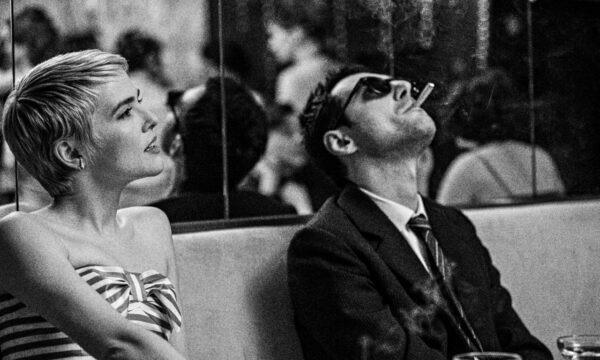

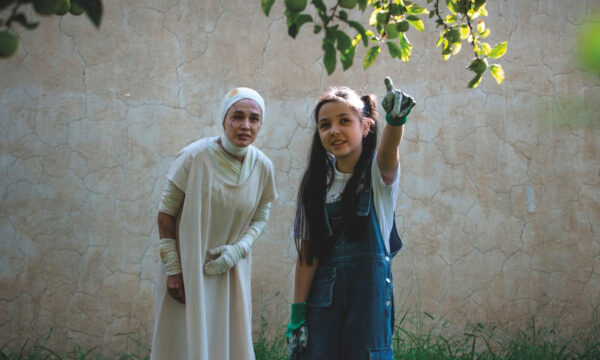
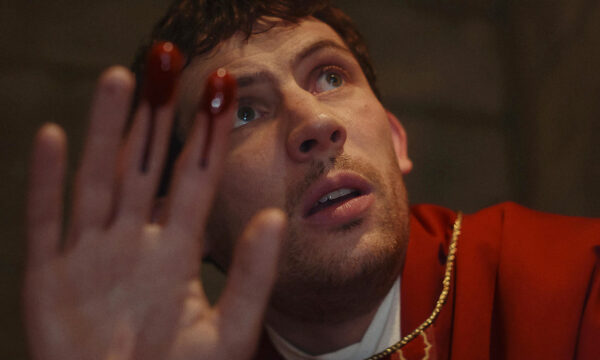

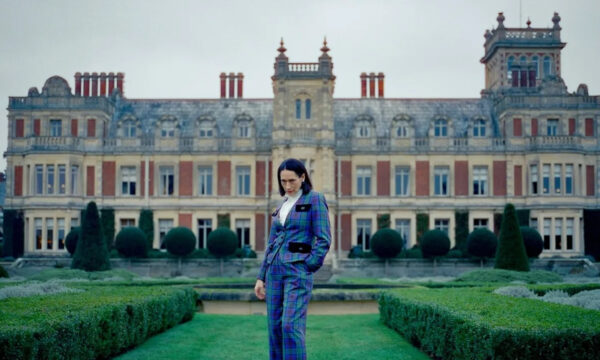
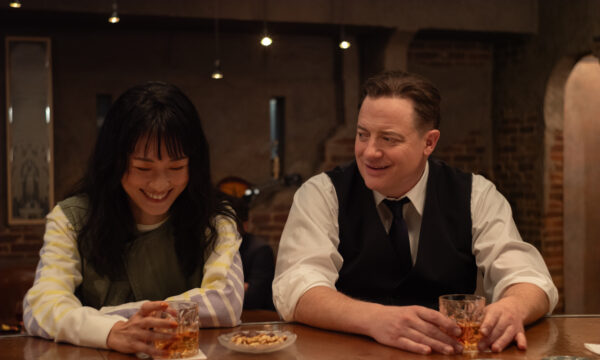

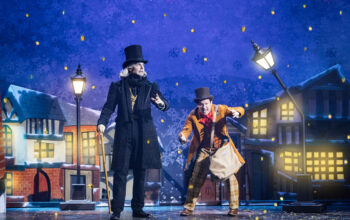
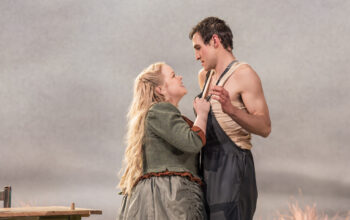




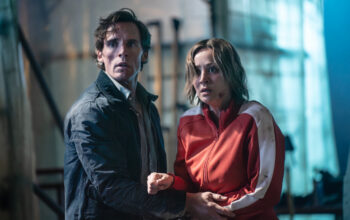

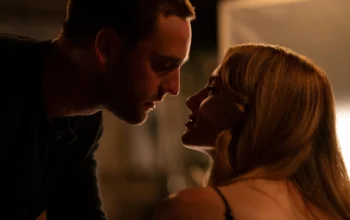



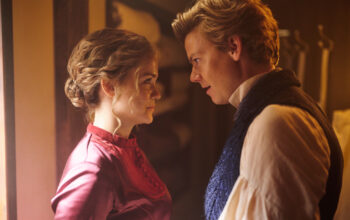
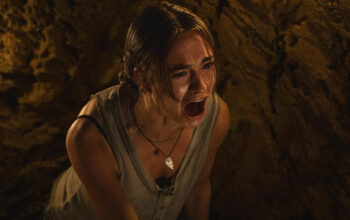
Facebook
Twitter
Instagram
YouTube
RSS